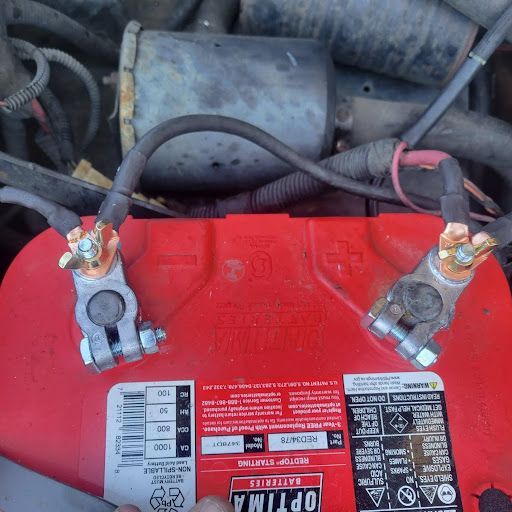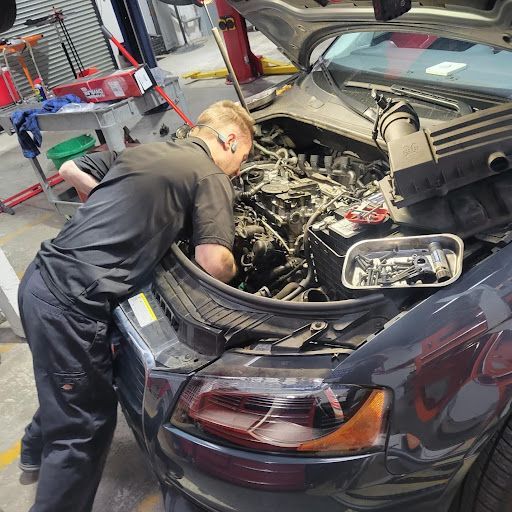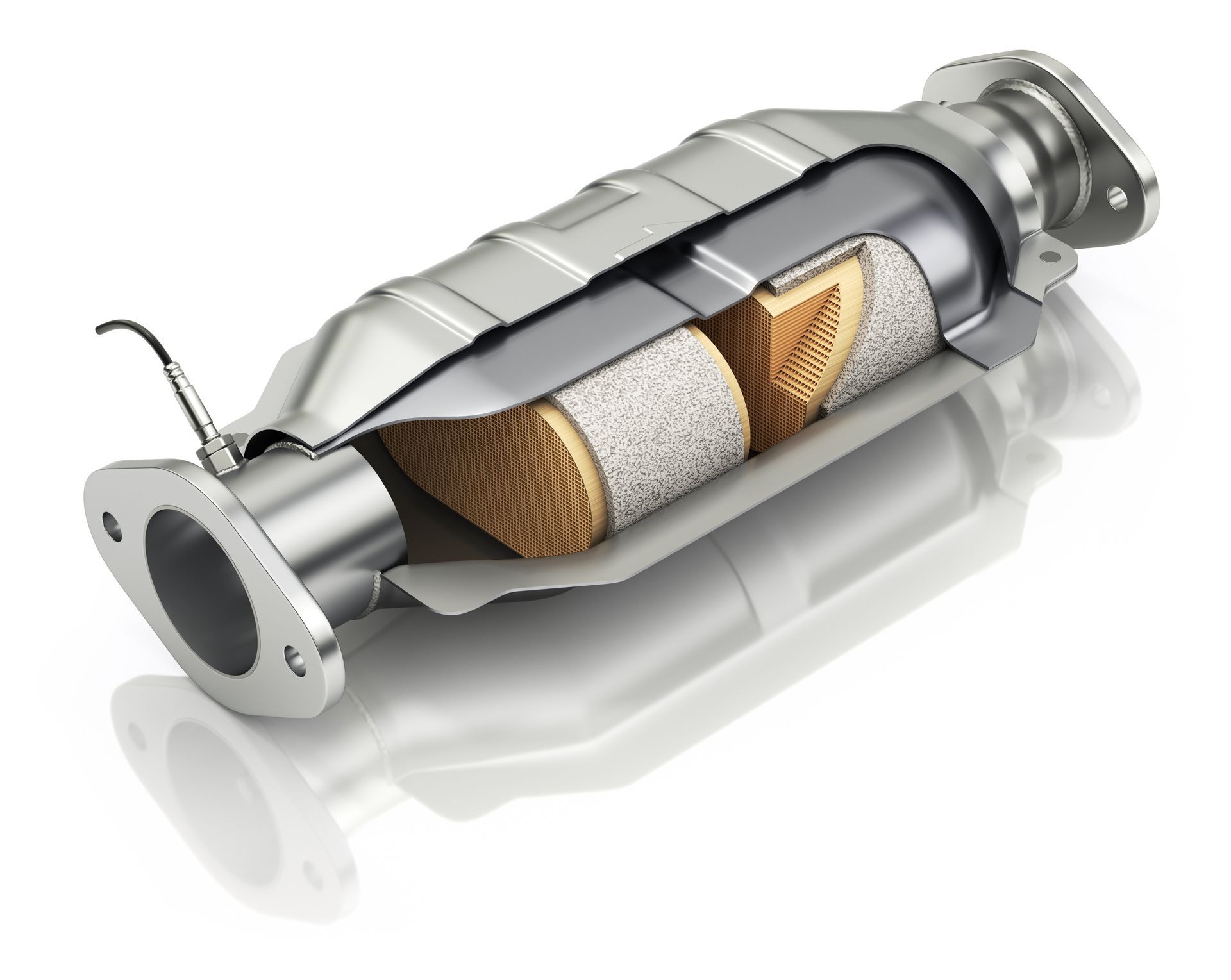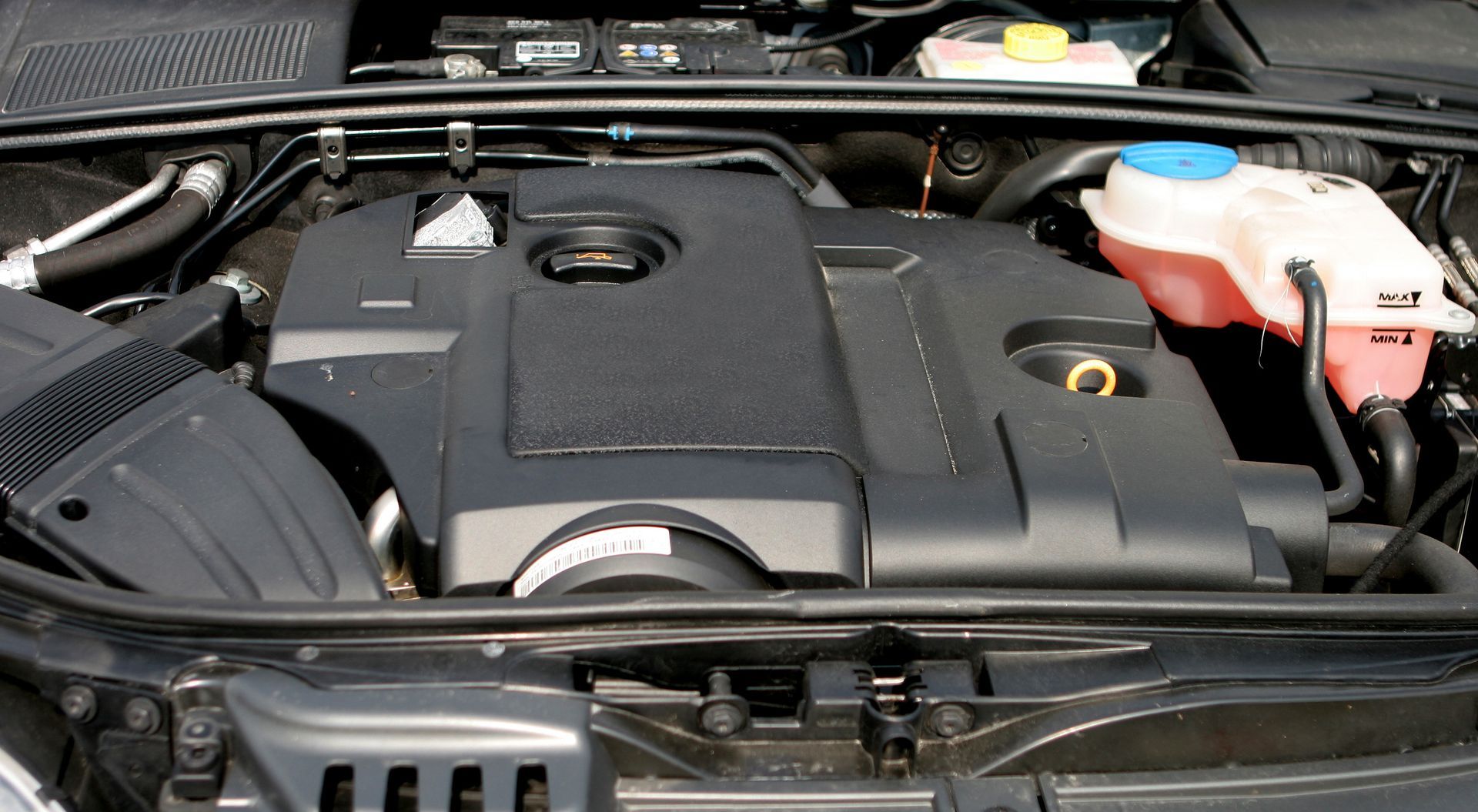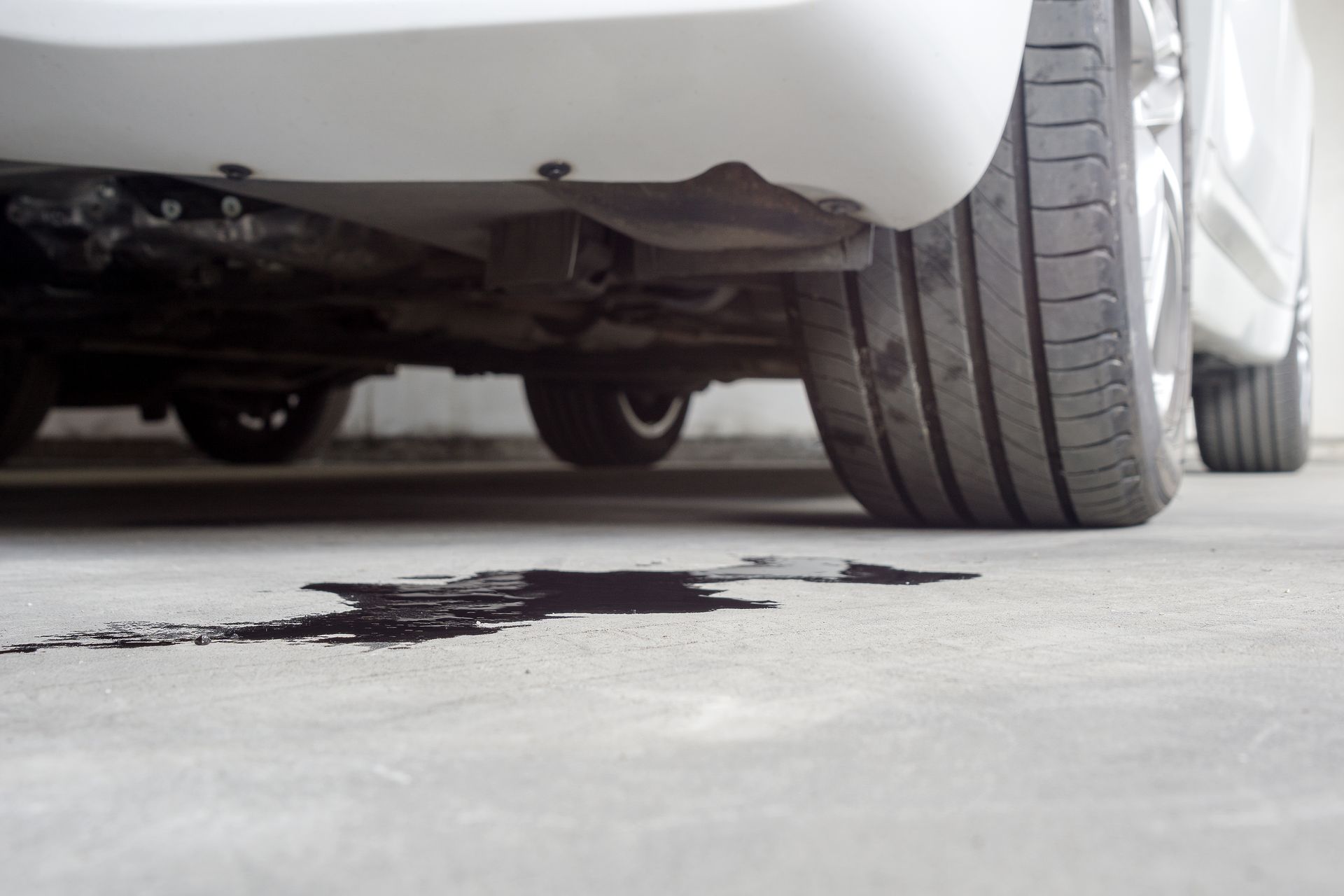Fine-Tuning Your Oil Service: Viscosity, Intervals, and Engine Cleaning at TNKAR
At The Neighbor’s Kid Auto Repair (TNKAR), we know a one-size-fits-all oil change rarely fits the bill—especially on engines that have been leaking and gunking up for years. Here’s how we tailor oil viscosity, service intervals, and engine-cleaning procedures to restore proper lubrication, quiet noisy components, and keep contaminants out of your motor.
1. Why We Sometimes Bump Up (Or Down!) Oil Viscosity
Damping metal-on-metal noise
Thicker oil forms a more robust film between moving parts—cam lobes, lifters, bearings—reducing lash noise and wear.
Maintaining oil film under pressure
On high-mileage or worn engines, increased viscosity (e.g., 10W-40 instead of 5W-30) helps maintain oil pressure and clearances.
Compensation for internal wear
As tolerances widen with age, heavier oil can take up the slack, preventing premature contact and failures.
2. The Leak & Deposit Dilemma
Oil loss vs. oil film
A higher-viscosity oil only helps if it stays in the crankcase. Chronic leaks let oil escape—and air enter—negating the thicker film’s benefits.
Gunk-clogged passages
Long-term leaks attract grime, carbon, and oxidation by-products. Those deposits settle in galleries and filters, hampering oil flow even if you switch to a heavier grade.
Reduced shear stability
Dirty oil sludges shear down under pressure. The intended viscosity boost essentially “thins out,” offering little extra protection when it’s needed most.
3. Our Three-Step Degunk & Refill Solution
Engine-safe deposit breaker
We introduce a specialized solvent blend—often called an “ether flush”—that safely dissolves varnish and sludge without harming seals and take the vehicle on an extended test drive to circulate the solution through the engine oil galleys.
Complete drain & clean filter
After circulating the cleaner per product instructions, we drain all old oil while it’s warm, remove and replace the oil filter, and wipe the drain-plug area clean.
Custom oil fill
Based on your vehicle’s condition, mileage, and any remaining leak concerns, we refill with the optimal viscosity grade (for example, moving from 5W-30 up to 10W-40 or even 15W-50). This gives the longest life and best service outcome.
4. Why We Shorten Oil-Change Intervals on Leakers
Frequent removal of contaminants
More frequent changes purge any residual solvent, broken-down deposits, and ingress-borne grit before they do damage.
Stable oil level management
Topping off every 3,000–4,000 miles (instead of 5,000–7,500) keeps the sump at the proper volume despite slow leaks.
Early-warning system
At each service we visually inspect for new seepage, listen for fresh lifter or chain noise, and scan for intake/PCV codes—flagging a deteriorating situation before it becomes catastrophic.
5. Keeping Your Engine Balanced and Clean
By combining an engine-safe flush, a tailored viscosity upgrade, and a tighter service schedule, TNKAR helps:
- Quiet worn components with a robust oil film and reduce the rate of decay
- Prevent debris recirculation by removing deposits
- Maintain consistent oil pressure despite aging seals
- Catch emerging leaks before they cost you thousands
6. Next Steps for Your Vehicle
If your engine is noisy, you’re topping off oil frequently, or you suspect leaks and sludge buildup, let us:
- Evaluate current oil condition with a comprehensive leak inspection and oil pressure check.
- Recommend a flush and viscosity plan tailored to your usage and mileage.
- Set a customized service interval that balances cost with engine protection.
Don’t settle for marginal lubrication. Schedule your engine-flush and viscosity-upgrade service at TNKAR today—and keep your motor running clean, quiet, and reliable.
